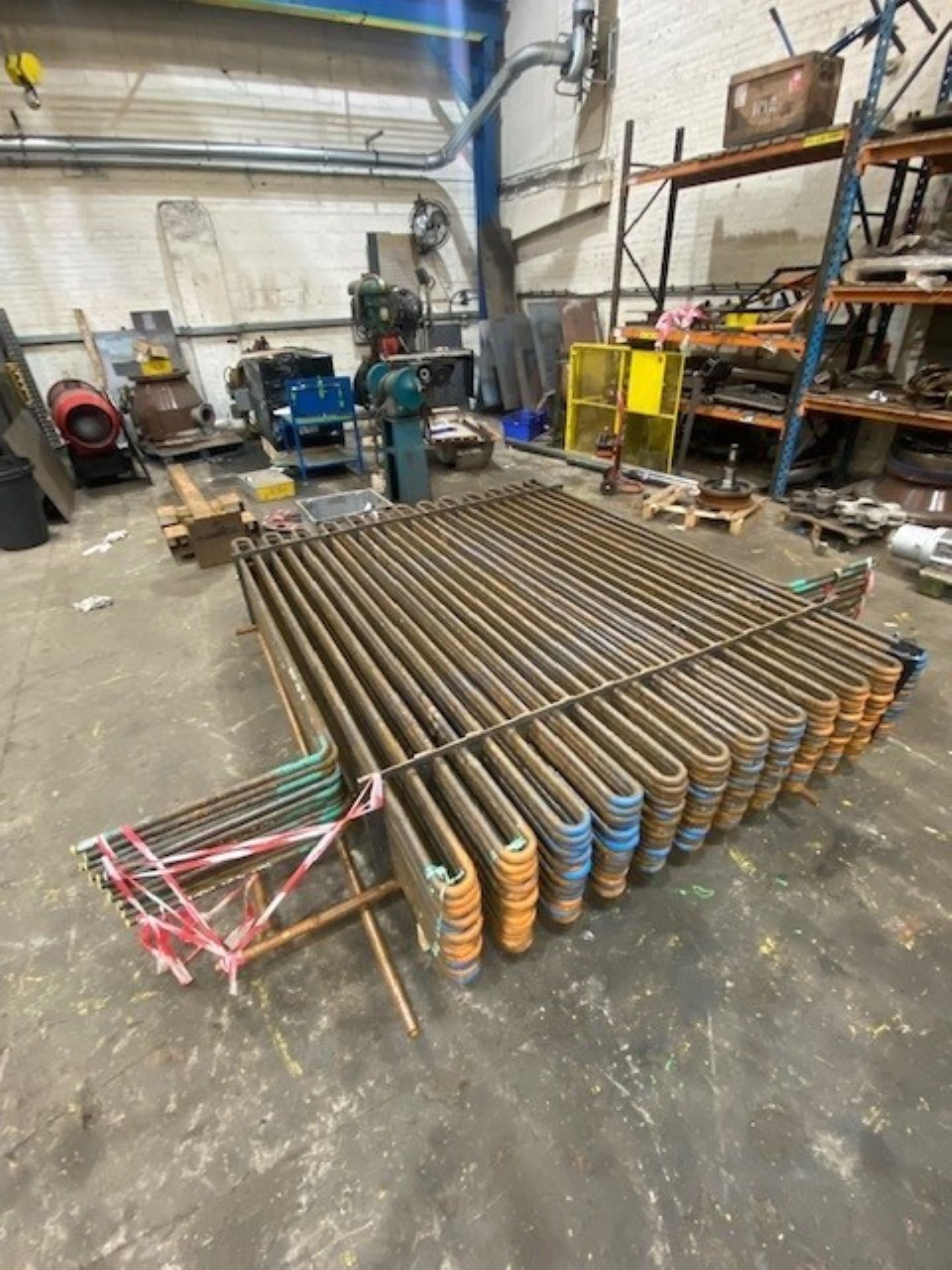Replacing Boiler Economiser Tubes: Best Practices for Improved Efficiency
Boiler economiser tubes play a critical role in the efficiency and performance of industrial boilers. These components are designed to capture and utilise the residual heat from flue gases to preheat the feedwater entering the boiler. Over time, economiser tubes can degrade due to exposure to high temperatures and corrosive environments, necessitating their replacement. In this blog, we explore the best practices for replacing boiler economiser tubes to ensure improved efficiency and prolonged equipment lifespan.
Understanding the Importance of Economiser Tubes
Economiser tubes are an integral part of boiler systems, designed to increase thermal efficiency by recovering waste heat from the boiler's exhaust gases. This recovered heat is used to preheat the feedwater, thereby reducing the energy required to raise its temperature in the boiler. Efficient economiser operation can significantly lower fuel consumption and reduce greenhouse gas emissions, making it a key component in energy management.
Signs That Economiser Tubes Need Replacement
Over time, economiser tubes can suffer from wear and tear, leading to reduced efficiency and potential system failures. Key indicators that replacement may be necessary include:
- Decreased Thermal Efficiency: A noticeable drop in the boiler's efficiency may signal that the economiser tubes are no longer effectively recovering heat.
- Visible Corrosion and Erosion: Physical inspection revealing corrosion, pitting, or thinning of the tube walls indicates significant wear.
- Frequent Leaks and Repairs: Increasing incidents of leaks or the need for frequent repairs suggest that the tubes are nearing the end of their service life.
- Rising Maintenance Costs: As economiser tubes age, maintenance costs can escalate, making replacement a more cost-effective option.
Best Practices for Replacing Economiser Tubes
-
Conduct a Thorough Assessment:
Before proceeding with replacement, conduct a detailed assessment of the current condition of the economiser tubes. This includes visual inspections, ultrasonic testing, and other non-destructive testing methods to determine the extent of wear and the specific causes of degradation. -
Select Appropriate Materials:
The choice of materials for replacement tubes is crucial. Factors such as operating temperature, pressure, and the chemical composition of the flue gases must be considered. High-quality, corrosion-resistant alloys are often recommended for harsh environments to ensure longevity and reliability. -
Optimise Tube Design:
Modern advancements in tube design can enhance heat transfer efficiency and reduce the risk of fouling. Consider upgrading to finned or ribbed tubes, which increase the surface area for heat exchange and improve overall efficiency. -
Ensure Proper Installation:
Proper installation is vital for the effective operation of new economiser tubes. This includes ensuring correct alignment, secure connections, and appropriate insulation. Employing experienced and qualified technicians for the installation process can prevent common issues such as leaks and misalignment. -
Implement Regular Maintenance and Monitoring:
After replacement, establish a routine maintenance schedule to monitor the condition of the new tubes. Regular inspections and cleaning can prevent the build-up of deposits that may impair heat transfer and lead to premature wear. Utilise modern monitoring systems to track performance metrics and detect potential issues early. -
Consider Retrofitting Opportunities:
When replacing economiser tubes, it's an ideal opportunity to consider retrofitting the boiler system with additional energy-saving technologies. For instance, adding a condensing economiser can further increase efficiency by recovering heat from flue gas moisture content.
Benefits of Replacing Economiser Tubes
Replacing worn or outdated economiser tubes offers several benefits, including:
- Enhanced Efficiency: New tubes with optimised designs can significantly improve heat recovery, leading to reduced fuel consumption and lower operational costs.
- Increased Lifespan: Using high-quality materials and proper installation techniques can extend the service life of the economiser system.
- Reduced Environmental Impact: Improved efficiency means lower fuel usage and reduced emissions, contributing to environmental sustainability.
- Improved Safety: Replacing degraded tubes reduces the risk of leaks and potential boiler failures, enhancing the overall safety of the boiler operation.
Conclusion
Replacing boiler economiser tubes is a critical maintenance task that can have a substantial impact on the efficiency and longevity of industrial boiler systems. By following best practices, including thorough assessment, appropriate material selection, and proper installation, businesses can optimise their boiler performance, reduce operational costs, and contribute to a more sustainable energy footprint.
For more detailed guidance on economiser tube replacement or to discuss your specific needs, please contact our expert team on 02085996570 or email sales@imegroup.co.uk. We offer comprehensive solutions tailored to your industrial requirements, ensuring efficient and reliable boiler operation.

